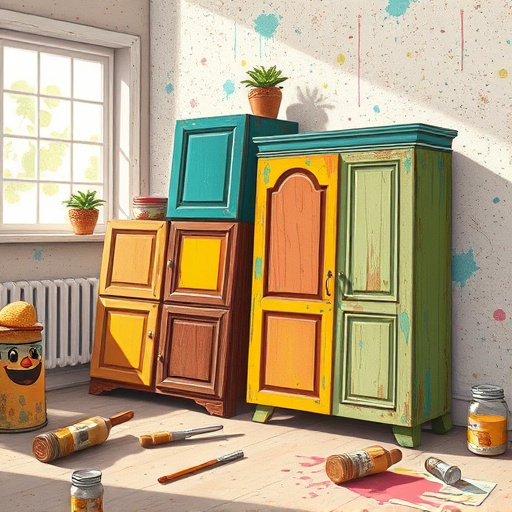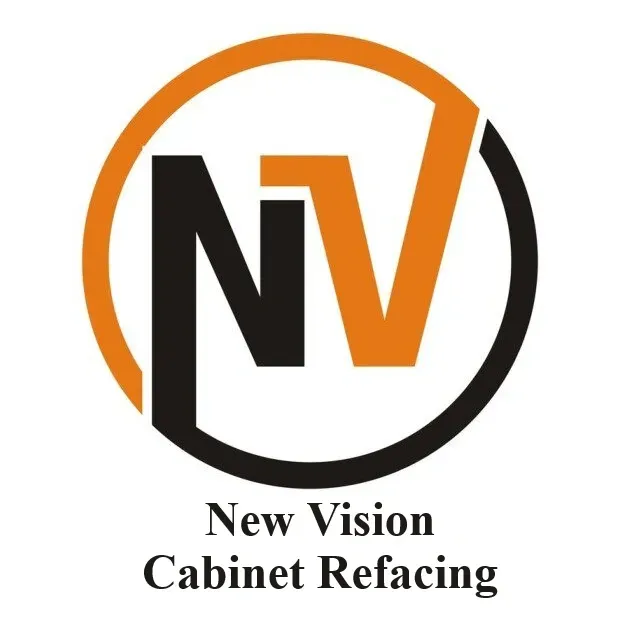
Expert Cabinet Restoration for Damaged Cabinets Near You
Is Cabinet Restoration for Damaged Cabinets Usually Worth the Effort?
When homeowners face the frustration of damaged cabinets, the initial instinct often leans toward restoration or refacing as a quick fix. It seems like a feasible solution—save money, preserve existing structures, and breathe new life into aging kitchens. But lurking beneath these hopes is an unspoken truth: not all damaged cabinets are worth restoring. Cabinet restoration for damaged cabinets frequently turns into a costly, time-consuming, and ultimately futile endeavor.
What Are the Real Challenges When Attempting to Restore Damaged Cabinets?
Before diving headfirst into cabinet restoration, it's crucial to understand what challenges await. Damage varies, from superficial scratches to severe structural issues. Yet, the common pitfalls include:
- Extensive warping or water damage that compromises cabinet integrity.
- Persistent stains, burns, or deep scratches that are impossible to sand away seamlessly.
- Structural joints that have loosened or rotted over time, requiring more than cosmetic fixes.
- Hidden problems, such as mold or pest damage, that are evident only upon dismantling.
Is It Truly Possible to Restore Severely Damaged Cabinets?
Many assume that with enough effort—sanding, refinishing, or repainting—they can salvage damaged cabinets. Unfortunately, this optimism is often misguided. Cabinet restoration for damaged cabinets is only effective in cases of minor surface imperfections. Once damage exceeds superficial levels, the process becomes increasingly impractical. Professionals may advise replacing or redoing existing cabinets altogether, especially when structural or foundational issues are present.
Why Do Many Restoration Attempts Fail to Deliver Lasting Results?
There’s a grim truth behind the glossy promises of DIY and inexpensive renovation. Restoring damaged cabinets often results in failures such as:
- Peeling paint or veneer due to improper surface preparation.
- Persistent blemishes that become more noticeable over time.
- Unpredictable color mismatches after refinishing.
- Short-lived repairs that require repeated touch-ups or complete overhaul shortly after.
Are There Better Alternatives Than Trying to Restore Severely Damaged Cabinets?
Given the often bleak outcomes of restoration, many homeowners turn to cabinet refacing—a process that involves replacing the veneer or surface layer without removing the entire cabinet box. This approach offers several advantages:
- Cost-effective compared to complete replacement.
- Faster turnaround, reducing home disruption.
- More durable finish, especially with professional application.
- Wide range of styles to match current trends, such as those detailed in trending cabinet refinishing styles.
When Should Homeowners Consider Replacing Cabinets Instead of Restoring?
If your cabinets exhibit extensive water damage, structural deformations, or mold infestations, restoration becomes a losing battle. These issues compromise long-term safety and functionality, making replacement a more practical and meaningful investment. It’s essential to consult experienced professionals to evaluate whether restoration is feasible or if replacement offers a better outcome in the long run.
What Common Mistakes Should Be Avoided During Cabinet Restoration for Damaged Cabinets?
Attempting DIY restoration without understanding the scope can lead to poor results. Errors like:
- Failing to properly prepare surfaces before painting or refinishing.
- Choosing low-quality materials that don’t withstand daily use.
- Overlooking hidden damages that become apparent after the process begins.
- Ignoring professional advice in favor of cheap shortcuts.
Such mistakes often result in additional expenses and disappointment. For most homeowners, partnering with experts ensures a realistic assessment and durable outcomes.
Can Professional Cabinet Refacing Make Always It Better Than Restoration?
Absolutely. Professionals have the tools, experience, and knowledge to evaluate whether your cabinets are salvageable. When restoration is off the table, cabinet refacing provides an opportunity to upgrade the look and feel of your kitchen without the extensive hassle or cost of full replacement. It’s a smarter, more sustainable choice for many damaged cabinets.
Is It Practical to Attempt DIY Repairs on Damaged Cabinets?
While the idea of saving money by DIYing seems appealing, it often backfires. Common pitfalls include improper surface preparation, mismatched finishes, and overlooked structural issues. These missteps result in subpar appearances and shorter lifespan, ultimately costing more time and money than professional intervention. For damaged cabinets, trusting skilled specialists is usually the most pragmatic approach.
How to Decide If Your Cabinets Need Replacement or Restoration?
Assess the extent of damage carefully. If your cabinets suffer from:
- Severe warping or moisture damage
- Compromised structural stability
- Persistent mold or pest issues
- Deep scratches or burns that cannot be sanded away
Restoration is unlikely to restore functionality or safety. Replacement may be the safer, more cost-effective choice in the long term. Consulting with seasoned professionals can help clarify your options and set realistic expectations.
What Are the Financial and Aesthetic Limitations of Vintage or Damaged Cabinets?
Reusing old cabinets, especially those that are damaged, often leads to aesthetic compromises. Even with restoration or refacing, the outcome may not match modern design standards or personal tastes. Moreover, hidden damages can inflate costs beyond initial estimates and diminish the aesthetic appeal. Sometimes, investing in new cabinets from trusted sources like where to buy cabinets in Kennesaw, Georgia can provide a better balance of cost, function, and style.
Are There Long-Term Consequences of Ignoring Damaged Cabinets?
Neglecting significant damage in your cabinets can lead to more serious issues: rot, mold, structural failures, and exposure to pests. These risks threaten your home's overall safety and may drive up renovation costs exponentially in the future. Facing the reality of damaged cabinets today, rather than attempting a quick fix, can save you from more extensive problems down the line.
Conclusion: Is There Really Hope for Salvaging Damaged Cabinets?
In the end, the harsh truth about cabinet restoration for damaged cabinets is that it often isn’t worth the effort. For minor surface issues, professional refinishing might still be an option. However, once damage surpasses superficial levels, it’s usually wiser to consider replacement. While this may seem discouraging, understanding your options early on helps prevent wasted resources and misguided expectations. Collaborate with experts who can provide realistic advice and guide you toward a solution that balances functionality with affordability.
Consult with specialists who can assess whether restoration is feasible or if replacement is necessary. Reliable companies like New Vision Cabinet Refacing offer expert evaluation and guidance to ensure your renovation efforts are successful and sustainable.
Frequently Asked Questions (FAQ)
While minor cosmetic issues can sometimes be addressed through DIY methods, severe damages—such as structural deformities or water damage—are best handled by professionals to ensure safety and durability.
If damage is limited to superficial scratches, stains, or worn finishes, restoration may be viable. But if structural issues, warping, or mold are present, replacement is often a wiser choice.
Refacing offers a faster, more durable upgrade that can breathe new life into your kitchen without the need for complete replacement, making it an attractive alternative for damaged cabinets with salvageable surfaces.
















